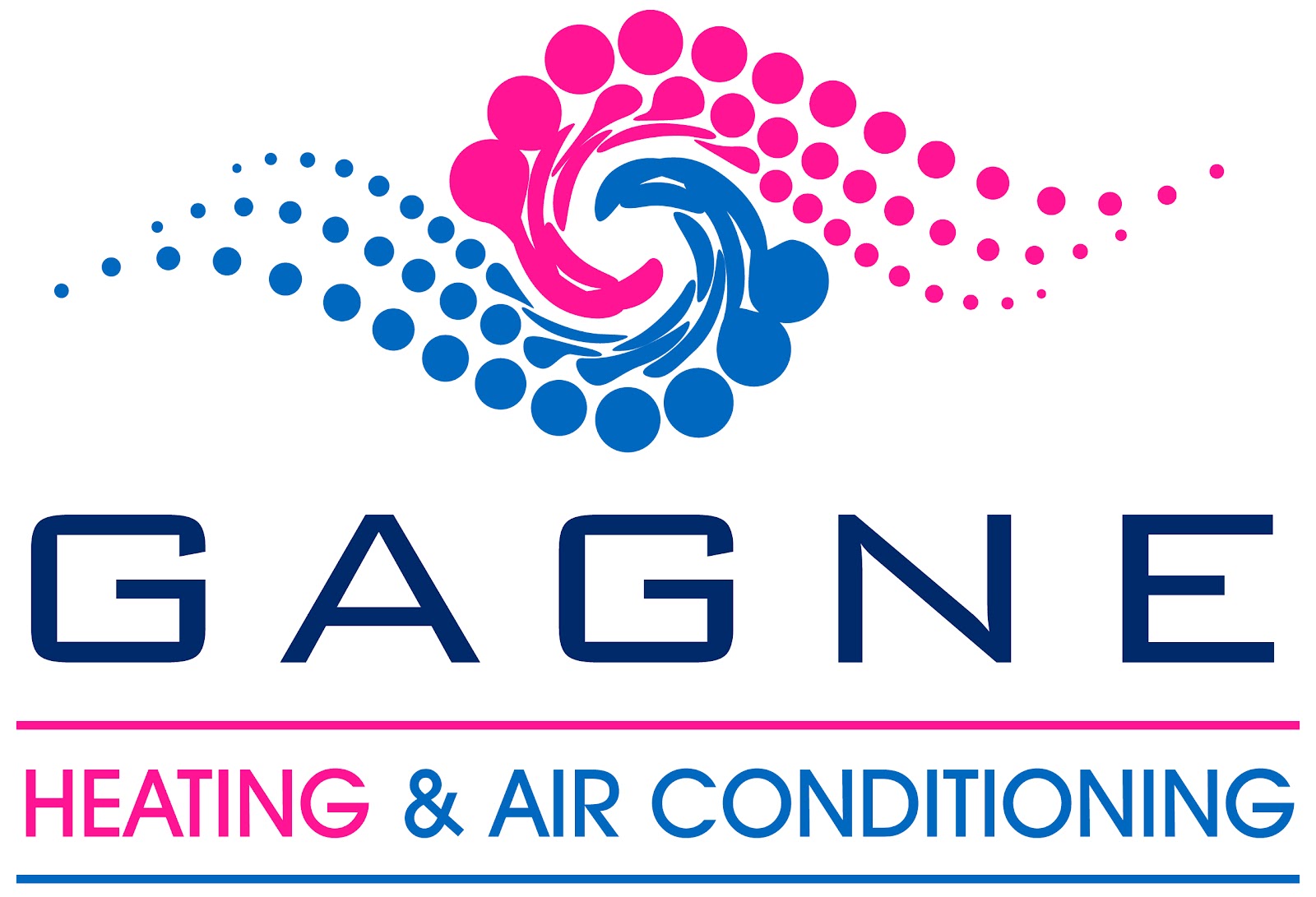It’s been over two centuries since the first scientist began studying the link between metropolitan areas and warmer temperatures. Since then, technology has allowed researchers to gather visual confirmation of old theories, proving that cities are indeed warmer than rural areas.
And while perhaps we may not need satellite images to tell us what we feel as soon as we step outside, science is a handy tool for analyzing why metropolitan areas are hotter and what factors are the cause—a process scientists have termed the “Urban Heat Island Effect.”
The Urban Heat Island Effect is a type of microclimate surrounding a city that makes it measurably warmer than its surrounding areas. Generally, the bigger the city and the more densely populated it is, the stronger the microclimate becomes.
Take Atlanta, for instance…
A three-year analysis by NASA found that temperatures in downtown Atlanta were warmer than the surrounding region by an average 8-10 degrees Fahrenheit. When collecting data on surface temperatures in July 1996, researchers determined that the heat actually created a low pressure dome around the city which triggered at least six thunderstorms in that month alone, as well doubling the occurrence of smog.
An interesting quirk about surface heat is that it doesn’t necessarily correlate with the geographical climate. For example, when scientists compared the dry, arid geography surrounding Phoenix to the naturally green, forested region around Atlanta, they found that suburban Atlanta created more heat.
The reason, says NASA specialist Marc Imhoff, is “If you build a city in an area that is naturally forested—such as Atlanta or Baltimore—you are making a much deeper alteration of the ecosystem. In semi-arid areas with less vegetation—like Las Vegas or Phoenix—you are making less of a change in the energy balance of the landscape.”
This data, along with others, has led scientists to come up with three primary reasons why the Urban Heat Island Effect exists:
1. Man-made materials. In rural areas, most of the solar energy goes into evaporating water from the plants and soil—a process that does not raise air temperature. However, in cities, concrete, metal, asphalt, and other man-made materials reflect the sun’s energy and increase the air temperature.
2. Buildings. While buildings do provide some shade during the day, at night they also trap heat. This heat bounces from one building to another like an oven, and prevents the city from cooling off entirely.
3. People. Lastly, anthropological heating occurs in cities, caused by heating and cooling our homes, using electricity, burning fuel in cars, factories, and our own body heat.
For some people, the best option to escape the heat island may be to move to a rural area. But for those who love the benefits of living near a city, consider calling an Atlanta heating and cooling specialist at Gagne to have your unit professionally serviced and learn about efficient ways to keep cool in the heat island.
